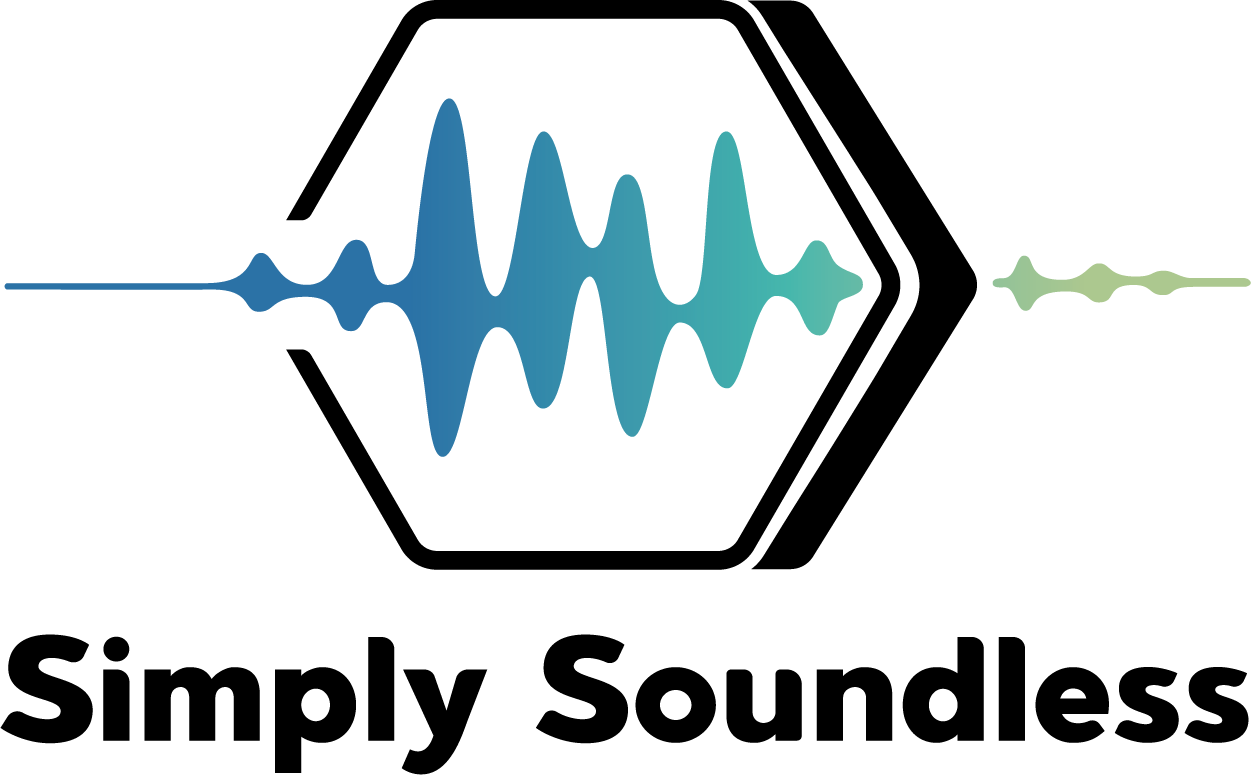What is an NRC Rating?
NRC rating stands for Noise Reduction Coefficient. If you were to stand in the middle of a concrete room, such as the one that was used when our panels are getting tested, but this room also has a hole on one of the walls the size of a door. If you were to shout, any sound from your mouth that hits that hole on the wall would travel directly through it to the outside. The sound that hits any of the other concrete walls would be reflected back towards you or around the room almost at 100%. The NRC of the opening in the wall would be 1.00 with the NRC of the concrete being almost 0 (.03). This means that 97% of the waves that bounce off the concrete reflect back while 0% of the waves that hit the opening are reflected back. The NRC rating shows the surface’s ability to absorb sound. This number can be different for Higher vs. Lower frequencies.
How do we get our NRC Ratings?
We worked with the Sabine institute to test our panels. Riverbank Acoustical Laboratories (RAL), (often referred to as Riverbank or Riverbank Labs), is an NVLAP accredited acoustical testing agency.
Founded in 1918 by Wallace Clement Sabine, Alion’s Riverbank Acoustical Laboratories™ (RAL) is recognized worldwide as a source of valid acoustical data in numerous commercial, civilian, and military specifications. Their acoustical engineers support clients with independent, accurate testing of building materials and consumer products, providing both the data and the expertise to identify solutions that give a measurable advantage to meet or exceed industry standards. With a staff of experts and advanced equipment, including five reverberation chambers as well as a fully equipped machine and tool shop, their team provides certified testing and analysis for sound transmission, absorption, and power for all kinds of building materials and consumer items, ranging from wall systems, floor/ceiling assemblies, and smoke alarms, to ship bulkheads. They also develop solutions for equipment vibration isolation, noise abatement, and sound source identification
The Testing Room
Test Room # 0 is one of the first of its kind in the world. Room 0 is a highly reverberant sound chamber with a volume of 292 cubic meters. This room is isolated within a second room that is located inside the main building. Both the test chamber and second room have 45 cm thick walls and 68 cm thick ceilings. Because of stringent temperature and humidity requirements designated by certain acoustical test standards, Room 0 is controlled within 1°C and 2 percent relative humidity for each test. The chamber has the necessary fixed and rotating diffusers to randomize the sound field. Room 0 is primarily used for sound absorption, sound power, sound pressure, and dB(A) type measurements. Adjacent to Room 0 is a temperature-controlled work and curing area where specimens can be prepared before testing.
The Test
In order to perform the actual test, A sound signal is triggered, producing sound reflections inside the chamber. The time is then measured between the end of the sound signal and the end of the resulting sound reflection. This is called Reverberation Time. The difference in Reverberation Time between the room with the material and without will determine the absorption coefficient of the material being tested. The test is performed six times, once each at the intervals of 125, 250, 500, 1000, 2000, and 4000 Hertz. This helps us understand how the material performs against the high, medium, and low pitched sound sources. The NRC value equals the average of the middle four numbers. Each interval rating will reveal a product’s ability to absorb and convert sound energy at that corresponding frequency.
What is a Sabin?
A Sabin is a unit of sound measurement. It measures how well one square foot of any surface texture in a room is able to absorb sound reflections. As we discussed while talking about NRC ratings above, all surfaces are ranked from 0 to 1.0 for their ability to absorb sound. A ranking of “0” indicates a complete lack of absorption, while a ranking of “1.0” means perfect absorption. This absorption coefficient is then used to assign an NRC value to any surface material. The Sabin count is simply the sum total of the absorption coefficients in a room. Stronger NRC values will deliver stronger Sabin counts, which in turn signal slower sound reflections, lower background noise, and a more controlled acoustic environment.
The Results
The NRC value is represented as a decimal figure. The NRC value of our 15mm thick Fabric Panel is .40. This means that 40% of the sound wave entering into the material will be captured and converted, while 60% will reflect back out of the material into the room. The figure also tells us that for every ten square feet of this material added into a room, that 4.0 additional Sabins of absorption will be added. As we outline in our course on the Sabin, this figure can then be used to determine square foot coverage required to trigger a collapse in unwanted Reverberation Time down to under 2.0 seconds. Download Results Here.






